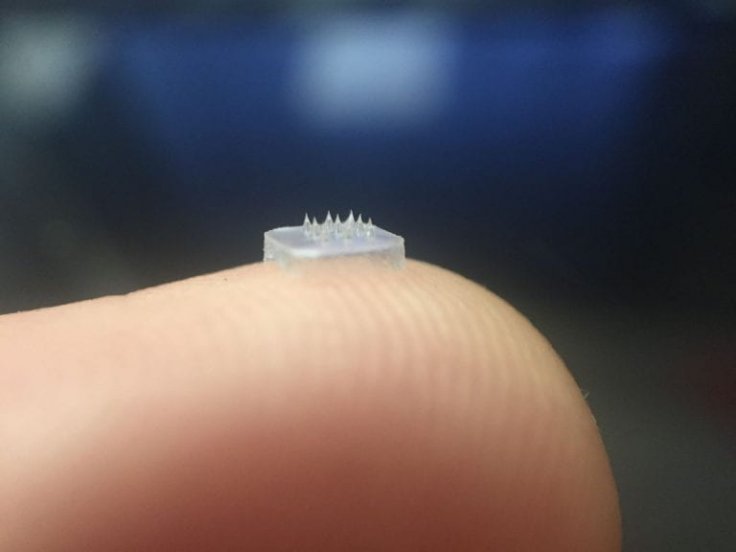
Scientists from Nanyang Technological University (NTU) came up with a new contact lens-like eye patch which will bring changes in the eye treatment such as glaucoma and macular degeneration. This innovation was inspired by drug-loaded micro-needle patches, which are used in skin disease treatment.
The team consisting of Associate Prof Wang Xiaomeng from NTU's Lee Kong Chian School of Medicine and Prof Chen Peng and Asst Prof Xu Chenjie from NTU's School of Chemical and Biomedical Engineering has developed the new method of treatment.
It should be noted that diseases like glaucoma and macular degeneration are very difficult to treat as eye drops and ointments are rapidly washed away, while direct injections into the eye are painful and can cause infection and eye damage.
However, the inventors of this revolutionary technology stated that the drug-containing microneedles in the eye patch detached once the patch was gently pressed on the eye. Then it is slowly dissolved, releasing the drug gradually into the cornea.
After conducting tests on mice with corneal vascularisation, the researchers showed that a single application of the patch was 90 percent more effective in alleviating the condition than applying a ten-fold higher drug content in single eye drops.
In a news released, the NTU stated that through this painless and minimally invasive method, the patch could realise the unmet medical need of a localised and long-lasting eye drug with good patient compliance.
This study titled, "Self-implantable double-layered micro-drug-reservoirs for efficient and controlled ocular drug delivery" was published in Nature Communications.










